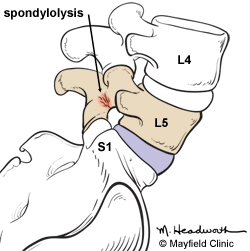 Ayurveda and yoga can help alleviate the pain associated with lumbar spondylosis and eventually cure you of this debilitating ailment.
Ayurveda and yoga can help alleviate the pain associated with lumbar spondylosis and eventually cure you of this debilitating ailment.
But, first let’s understand what Lumbar Spondylosis is.
Lumbar Spondylosis
Lumbar region is the lower back region of the spine and lumbar spondylosis is the disorder of this region as a result of the degeneration of the vertebrae of this area. This is also quite common as the lumbar region suffers most during the life of a person. It is the main load bearing point of the body as well as the portion which experiences maximum twisting and bending. So it is quite natural that this portion will get affected mostly in case of spondylosis.
A form of lumbar spondylosis is spondylosis of the L5 vertebra or at the L5 vertebra. This is degeneration that takes place at the point where the lumbar spine or the back spine joins the tail bone. This condition may not be serious in itself but it gives rise to various other conditions that can be painful.
Approximately 60–85% of adults suffer from low back ache during some point in their lives. Among musculoskeletal disorders in India, the prevalent morbidity of lumbar spondylosis is 4.16%.
Causes of Lumbar Spondylosis
- Aging – As the human body ages, spinal disc and cartilage deteriorate decreasing the amount of space present between each vertebra. Nerve exposure can lead to nerve inflammation or irritation.
- Genetic abnormalities – Due to genetic abnormality there may be thin and weak vertebra, making them more susceptible to lumbar spondylosis.
- Injury – Injury to the spine, may be due to a fall or an accident, leads to dislodgement of the vertebral disc causing lumbar spondylosis.
- Overuse – Repetitive stress or strain due to heavy weight lifting, sports or physical exertion can result in vertebral injury such as fracture or slip disc, which precipitates lumbar spondylosis.
- Abnormal spinal movement – Increased abnormal spinal movement leads to development of bony spurs, known as Osteophytes. These spurs pinch the nerves causing nerve irritation.
- Other causes – includes prolonged sitting in front of computer in abnormal position, increased two-wheeler driving and travelling.
Signs and Symptoms of Lumbar Spondylosis
- Pain and stiff back in the morning
- Sitting for a long time increases pain
- Pain gets worse with repeated movements, such as lifting and bending
- Variation in sensation, may be numbness and tingling sensation
- Radiating pain from lower back to legs
- Loss of balance and
- Loss of bladder or bowel control, occurs only in very advanced stage.
Diagnosis of Lumbar Spondylosis
By physical examination, X-ray or CT scan or MRI your doctor will diagnose Lumbar spondylosis.
Management of Lumbar Spondylosis:
- Bed Rest: Severe cases of spondylosis may require bed rest for no more than 1-3 days.
- Braces or Belt Use: Temporary bracing (1 week) may help relieve symptoms.
- Lifestyle Modification: Losing weight and maintaining a healthy weight, eating nutritious foods, regular exercise, and not smoking are important.
- Muscle Relaxants: Muscle relaxant medication helps to alleviate muscle spasm and pain.
- Narcotics: Narcotics (opioids) may be prescribed for short periods of time to reduce acute pain.
- NSAIDs: Non-steroidal anti-inflammatory drugs (NSAIDs) relieve inflammation that often contributes to pain.
- Physical therapy: Helps to strengthen the muscles, increases flexibility and range of motion.
- Spinal Injections: There are many types of spinal injections including epidural steroid injections and facet joint injections. These injections combine a local anesthetic and steroid medication to reduce inflamed nerve tissues and thereby often help to reduce pain.
- Surgical procedure: includes laminectomy (small portion of the bone compressing the nerve is removed) and spinal fusion.
Limitations of Modern Treatment
- Long-term bed rest is avoided as it puts patient at risk for deep vein thrombosis (DVT, blood clots in the legs).
- Prolonged use of braces is discouraged. Braces worn long-term weaken the spinal muscles and can increase pain if not constantly worn.
- NSAIDs cause adverse effects such as gastritis, renal toxicity, hypertension, liver abnormalities, and bleeding.
- Opioids may lead to addiction and mood disorders.
- Muscle relaxants are sedatives that can make you feel dizzy and drowsy.
- Spinal injections have potential side effects of steroids. Moreover it only manages the pain, does not cure lumbar spondylosis.
- Surgical procedure are costly. There are numerous risks and possible complications with surgery. Even after surgery there may be continued pain, nerve damage and degeneration of adjacent segment may occur.
Treatment Modalities According to Ayurveda
In Ayurveda, Lumbar spondylosis is termed as kati shoola or kati graha or prushta or trika shoola. It is mainly caused due to vitiation of Vata dosha.
The aim of treatment is to rehydrate the dehydrated disc, reduce pain, inflammation and muscle spasm. Also to strengthen the muscles and nerve roots.
Internal Medicines
- Yogaraja guggulu, Maha Yogaraja guggulu,Trayodashang guggulu, Simhanada guggulu, vatari guggulu, Dhanvantara vati – Relieves pain and inflammation.
- Gandha taila, ksheerabala 101, Dhanwantharam 101, Guggulu tiktaka ghrita – Hydrates and rejuvenates the disc and joints.
- Rasna saptaka kashayam, Maharasnadi kashayam, Dhanwantharam kashayam, Sahacharadi kashayam, Astavarga kashayam, Dashamoola kashayam – Pacifies the vitiated vata and kapha.
- Lakshadi guggulu, Kukkutandatvak bhasma, pravala and mukta pishti – Strengthens the bone.
- Narayana taila, Murivenna, Kottamchukkadi taila, Karpuradi taila, Ksheerabala taila, Dhanvantara taila – Used for abhyanga which improves blood circulation, strengthens the muscles and alleviates the vitiated vata dosha.
- Ashwagandharishta and Balarishta to strengthen the nerve roots.
- Ashwagandha, bala, dashamool and lasuna ksheera paka – Rejuvenates the disc, vertebra and joints.
External Treatment Modalities
Abhyanga – Full body and localised massage. It tones up the muscles and improves blood circulation.Stretching technique followed during massage acts as traction and helps to reduce stenosis by increasing intervertebral space. Thus reduces the nerve irritation.
Swedana – Fomentation by patra pinda sveda, Bashpa sweda, nadi sweda or churna pinda sweda. Sudation reduces pain,stiffness in ligaments, muscle spasm and improves blood circulation.
Kati vasti – Retention of oil on lower back, Which helps in replacement of hydration in the affected disc.
Vasti – Medicated oil and decoction enemas. Through vasti the medicine reaches the large intestine, where the essential nutrients for the bones and joints are absorbed and also reduces the bulging of intervertebral disc. According to Ayurveda large intestine is considered as Vata stana, hence vasti plays a very major role to control the vitiated vata in lumbar spondylosis
Upanaha or Lepa – Local application of medicated paste or poultice, to relieve pain, stiffness and numbness.It also retains warmness around the affected area, and sustains good circulation.
All these treatments must be done for minimum 7 days and may extend up to 14-21 days depending upon the severity.
Do’s
- Maintain proper sitting posture while working on computer and laptops.
- Sleep in a comfortable position avoiding strain on the lower back.
- Avoid unnecessary travelling and minimise driving. Go for car pooling.
- Regularly do smooth massaging without putting pressure with appropriate medicated oil, under the guidance of an ayurvedic doctor.
- Attend physiotherapy classes.
- Practise Isometric exercises to strengthen the muscles.
- Do yoga and pranayama to reduce weight and stress. But if you are in acute stage of spondylosis avoid yogasana. After complete recovery from pain, you can gradually start exercise and yoga.
- Avoid foods which causes gaseous distension of the abdomen like potatoes, legumes, bread, pizza and other junk foods.
Don’ts:
- Travelling in bumpy roads should be avoided
- proper and full back support should be avoided
- straining, lifting heavy weights
- pressure jobs should be avoided
- Proper posture has to be maintained.
1.Yogasanas beneficial in cervical spondylosis:
– Ardhakati chakrasana
– Ardha chakrasana
– Pada hastasana
– Matsyasana
– Vakrasana (sitting in a chair)
– Ustrasana
– Savasana and
– Viparitakarani with wall support.
– Cobra Pose
-Cat and Cow
– Setubandhasana
-Pavanamuktha Asana
– Bhujanga Asana
– Salabha Asana
– Uttanpada Asana
– SHAVASANA
2. Pranayama :
Rechka Purak
3. Physical therapy measures can be adopted suitably.
*** Ref: many medical and Ayurveda studies, internet etc.


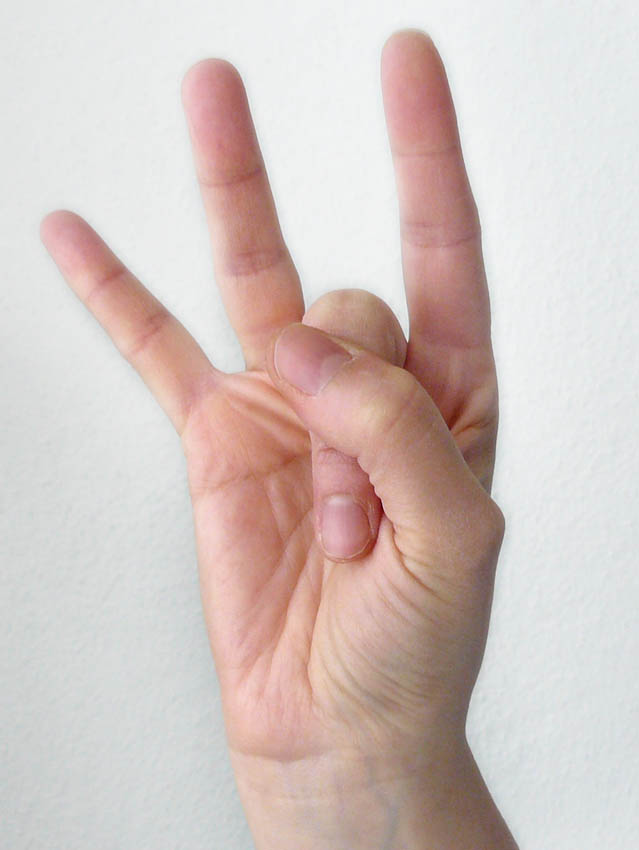


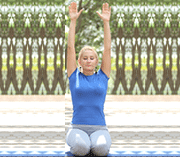
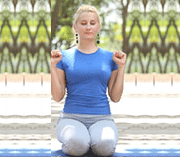
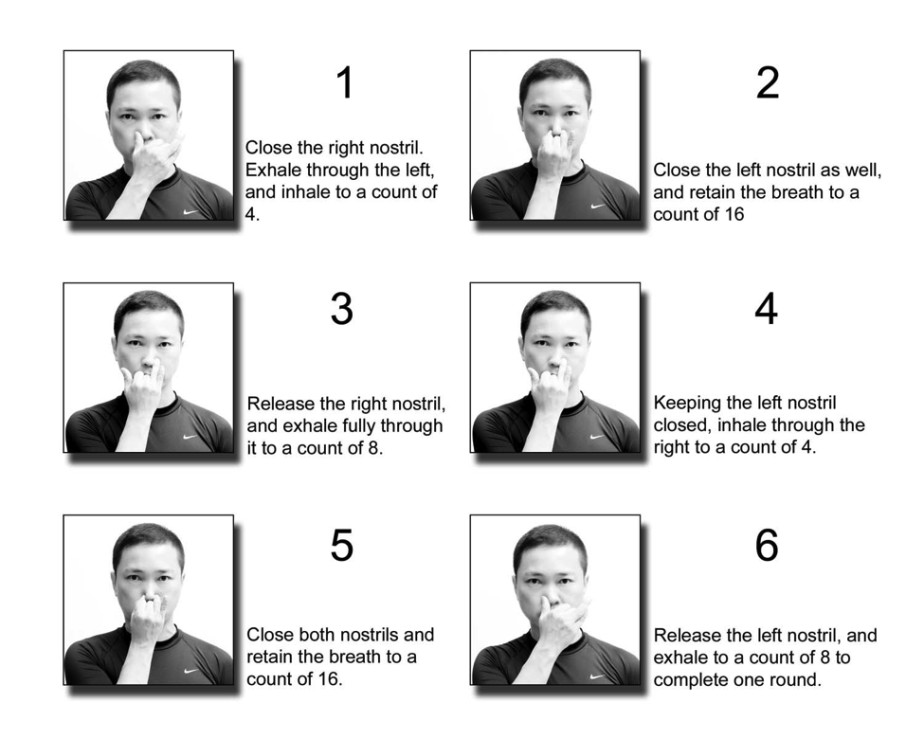

You must be logged in to post a comment.